Why there's never been a better time to quit your job
Why you should quit your job, and how to find something better.
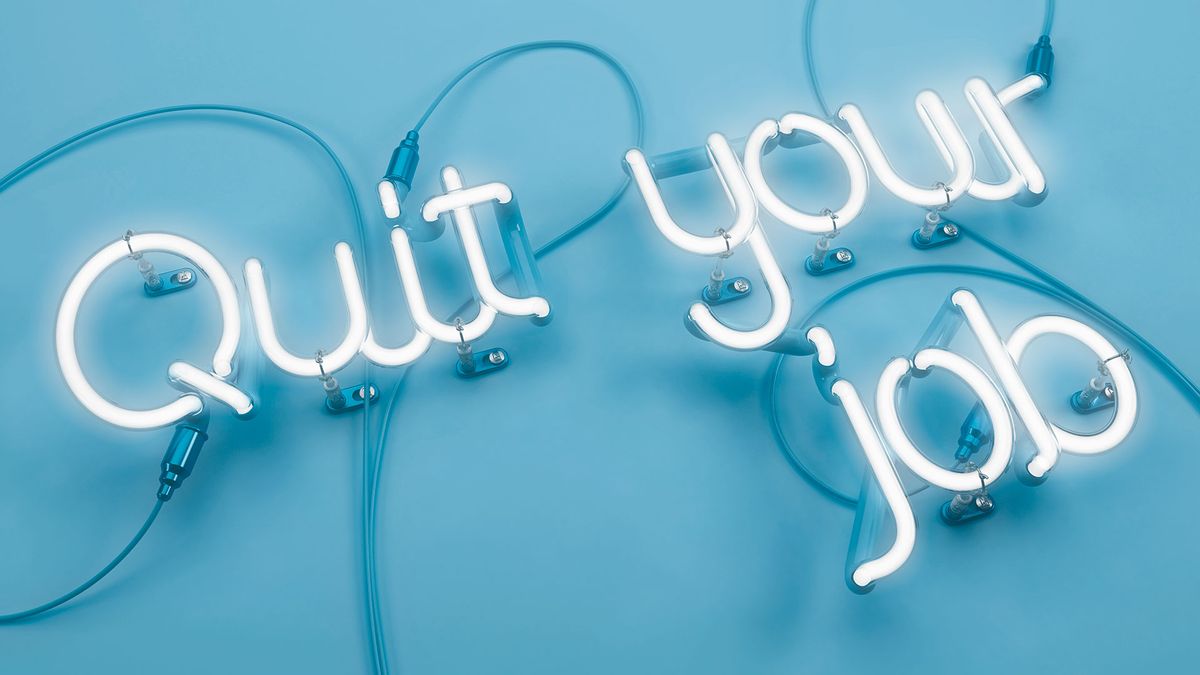
Is your current role holding you back? What do you want from your job this year: progression? New skills? More experience under your belt? Maybe you're motivated by the prospect of a pay rise, or recognition from your peers.
No design job is perfect. But if you're no longer being creatively challenged at work, feel that your skills aren't being fully utilised or appreciated or you're just not giving it your all anymore – we have good news: there's never been a better time to quit.
First, a caveat: we don't mean wildly sticking one to your boss in the morning. These are politically and economically unpredictable times, after all. We're talking about using your initiative to find something more rewarding – and there are plenty of opportunities out there.
The creative industries are the fastest growing part of the UK economy, with new research from Nesta showing that creative industries are driving local and economic growth twice as fast as other industry sectors. If growth continues at the same pace, there could be 900,000 new creative industry jobs by 2030. So it seems you have options, many of which you'll find on our jobs board. But how can you make them happen?
01. Change studios
Kath Tudball spent almost 15 years at leading London agency Johnson Banks before joining The Partners (now Superunion) as design director in early 2016 and becoming creative director in May 2018. "I chose to move on when I did because the small physical size of the agency meant there was a natural limit to how far I could progress," she explains.
"Joining a larger company gave me the opportunity to lead my own team, work across more projects, experience a wider client mix and take on greater overall responsibility."
She says that one of the biggest dangers of staying at a studio too long is becoming too comfortable, and not being creatively challenged. "Too much of the same routine can lead to complacency and, at worst, stagnation," she says.
Get the Creative Bloq Newsletter
Daily design news, reviews, how-tos and more, as picked by the editors.
"It's better to always feel just a little bit scared. Doing unfamiliar things may be daunting, but it's also incredibly motivating. If you don't have enough new challenges or opportunities coming your way, try to create them. But if that doesn't work, it might be time to move on."
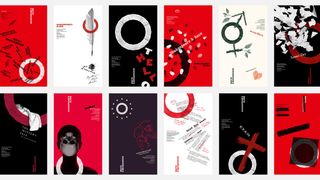
Her best advice for finding the perfect new job is to do your research. Find out as much as you can about the agencies that interest you and aim for the ones whose work, philosophy and overall approach you genuinely admire. "Real enthusiasm and shared passions will come across and increase the chances of a great fit," she points out. "So who do you really want to work for, and why?"
She continues. "Also, don't be shy – try getting in touch directly with the people you admire for an informal chat. A personal connection or recommendation of some sort always helps. Just remember: don't act like a stalker."
Koto senior brand strategist, Tom Moloney, agrees that asking people you admire for career advice is a good move. "Ask your mates and colleagues who they rate; where they've worked; who they know. Just don't say, 'I'm thinking about moving on…' first," he laughs. "Also, get your shit together – your CV, website, portfolio; whatever it is. There's no shortcut. Just start doing it."
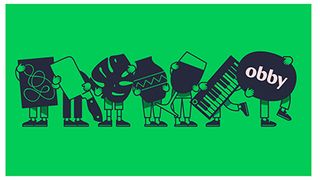
Moloney took the opportunity to refocus his career by moving to Koto in September 2017, after six years at NB Studio. "It was a combination of things: a very personal desire for a new challenge, and a professional ambition to focus on brand strategy," he explains. "By moving to Koto, I was able to achieve both of these."
He agrees that there are warning signs that tell you when it may be time to move on. "If you're not looking forward to going to work the majority of the time, or your motivation is dropping and you know that you're not giving the role or your work your best effort, then it's time to move on," he says. "But that doesn't mean that it's easy to leave somewhere, or to find a new job."
This is especially true if you've been out of the job-seeking game for a while, or you've been too comfortable in one role for too long. Many long-serving employees report a creeping uneasiness about the transferable value of their specific skills. If you feel like this, it's a clear sign that you're in danger of becoming institutionalised – and the only way to tackle it is to initiate change.
02. Start your own studio
If you're not feeling fully satisfied in your current position, another option is to start your own studio – which is exactly what Studio Texture founder Stuart Youngs did in March 2017. Previously a partner at brand consultancy Purpose, he launched Texture for one reason: autonomy.
"I believe it's crucial for studios to explore, experiment and take risks in pursuit of progress," he explains. "It's our creativity and ability to innovate that makes us attractive to clients. But to pioneer takes time, investment and an awful lot of practice. In my experience, that's more difficult to do in a studio with bigger overheads and demands, where failure is often not an option."
In his new role, Youngs is no longer accountable to a board. He has sole accountability to his family, team and clients. And although he admits that this is far more pressure, he can now move faster and is free to make mistakes. "It's sharpened the mind and, interestingly, made me more purposeful," he reflects.
So what about Brexit? Given our current political and economical backdrop, is there an argument for staying secure in a role – even if it isn't creatively satisfying anymore? Not according to Youngs. "The age of security has long since gone," he says. "The world is moving too fast for that. Today, it's essential to be looking to tomorrow."
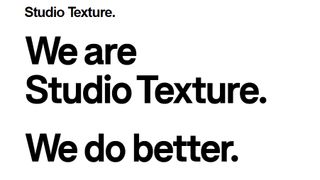
For Youngs, the single biggest industry threat faced by designers who want to get a new job is fear, and the paralysis it perpetuates. "We can't afford to sit still and hope," he says. "I believe we're on the cusp of the biggest transformation our industry has ever seen. We're about to enter the age, not just of artificial intelligence, but the more profound augmented intelligence. The consequence is even more pressure on creativity and ideas; on originality and distinction – where the machines can't compete."
That said, don't feel you have to move jobs for the sake of it. "Nobody should feel uncomfortable just from being in a studio for a long period of time," he points out. "If you're challenged, progressing and fulfilled, you should stay put. The grass isn't greener. Promise."
And don't move purely for money. "If you're moving for money, you're missing the point. Move for opportunity. Money will follow if you pick the right opportunities and you'll be much happier."
03. Get a promotion
Of course, you don't have to change studios to find new opportunities. Your studio might not be advertising new job roles, but if you can make yourself invaluable to the team, you're in a strong position to negotiate a promotion.
Reiss Hinds, brand strategist at multi-disciplinary design agency BLUP, started on a three-month placement as a junior designer. During that time, he paid attention to the daily process and workflows used by his directors. "Email was the biggest one," he recalls. "We were going back and forth so many times for alterations, so instead I suggested that we use Basecamp as our project management tool. It's cut down our email time and kept all client services projects in one place."
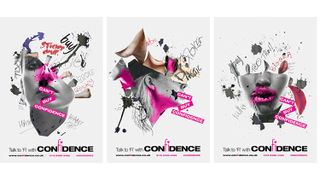
He continues: "I tried to provide my directors with as much value as possible – no job was too large for me to tackle. When my three months came to an end, I suggested that there was a need in the business for someone to help streamline and execute on brand strategy, for both our clients and for Studio BLUP's brand."
His advice? "Find a gap in either the market or in someone else's business that you know you can enhance, and in return you could end up becoming the next big creative in your space."
04. Move client-side
Sometimes finding a better job involves playing the long game, as creative entrepreneur Simon Waterfall explains. The former D&AD president first started talking to Airbnb co-founder Joe Gebbia in 2014.
Three years later, it took Waterfall – who's co-founded a number of leading digital studios and consultancies, including Poke, Fray, Social Suicide and Deepend – a total of 29 interviews over six months to land his new job as creative director of Samara, Airbnb's design and innovation studio.
That many interviews might have put off other candidates, but not Waterfall. So why was he so committed to moving client-side at Airbnb? "I was looking for a very simple thing: I wanted to change the world," he explains.
"How many places, people or brands can do that? Where are they? What do they do? Have they done it before? When you address these points, there are only a handful of companies – and most are in Silicon Valley," he continues. "Working inside means you're already in charge of the biggest asset: the community and audience you want to change."
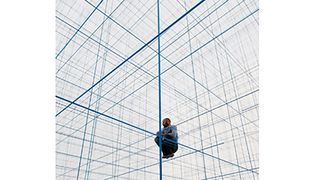
When you're aiming for the stars, like Waterfall, reaching your goals isn't going to happen overnight. He says you have to be prepared to really grind – and advises being patient. "Big dreams need time to solidify," he reasons.
And he agrees that the biggest industry threat to designers isn't the likes of Brexit and a flailing economy, but simply sitting still. "It's the tiny, almost unnoticeable threats that are the real killer," he says. "Murder by Powerpoint; death by meetings about meetings. Don't go quiet, my friends: scream into the page and tear it up. Good luck."
This article was originally published in Computer Arts, the world's best-selling design magazine. Subscribe to Computer Arts here.
Related articles:

Thank you for reading 5 articles this month* Join now for unlimited access
Enjoy your first month for just £1 / $1 / €1
*Read 5 free articles per month without a subscription

Join now for unlimited access
Try first month for just £1 / $1 / €1

Julia is editor-in-chief, retail at Future Ltd, where she works in e-commerce across a number of consumer lifestyle brands. A former editor of design website Creative Bloq, she’s also worked on a variety of print titles, and was part of the team that launched consumer tech website TechRadar. She's been writing about art, design and technology for over 15 years.